Once upon a time, the use of light covers was commonly seen in almost every household. The purpose of these covers were to increase ambient lighting, tone down the glare from the lights, etc.
Nowadays that LED lights are taking over the industry it would be obvious to ask, is it safe to cover LED lights?
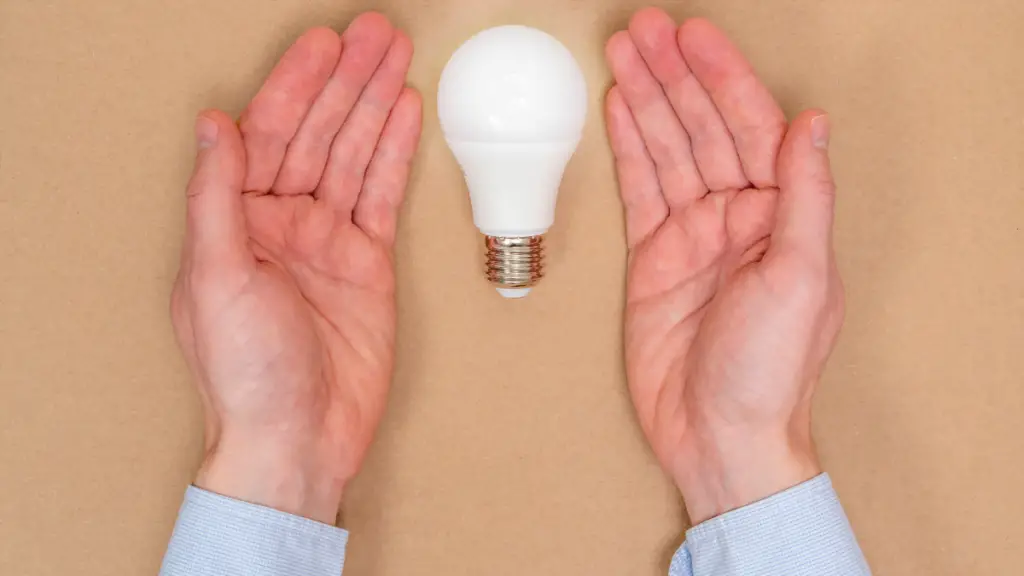
In this article we’re going to look at if LED light covers are truly safe. Additionally, we’ll also talk about some benefits of covering LEDs as well as what to look out for when covering them.
For your convenience, we’ll also talk a little bit about how to cover your LED lights.
Why Should LED Lights Be Covered?
LED lights are extremely efficient. This means that they’re really good at converting the electrical energy into light energy.
This efficiency means that these lights do tend to be very bright. LED lights can produce concentrated lights with high brightness, which can be harmful for your eyes.
Depending on where you place them, LED lights can be too focused and directional. This reduces ambient lighting, making the area look unevenly lit.
8 Benefits of Covering LED Lights
1. Background Lighting
When asking is it safe to cover LED lights, one of the key reasons to consider is ambient lighting.
Covering LED lights helps scatter and dissipate the directional rays of the light. This scattering increases the ambient nature of the lighting.
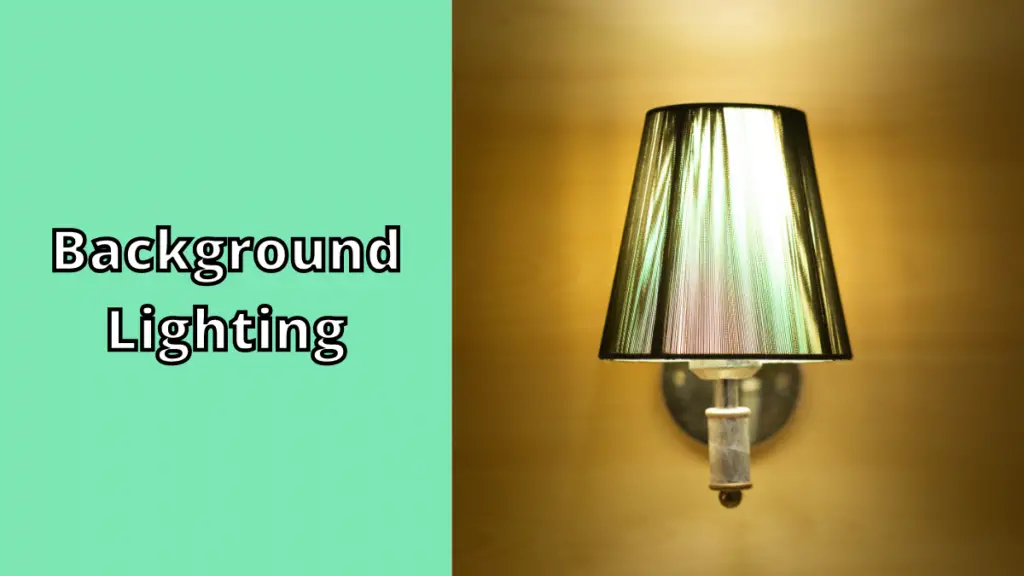
If you’re trying to illuminate an area with soft and gentle lighting, using a cover on your LED lights will help you with that.
2. Evenly Distribute The Light In A Space
As LED lights tend to focus on one direction, using a cover will cause the light to bounce into multiple directions.
The multidirectional light rays will give the appearance of an even lighting in your area. This is an extremely important aspect if you’re trying to evenly light an area with as less lights as possible.
3. Give A Beautiful Vibe
In additional to their utility, LED light covers also have aesthetic value. You can use light covers of different colors and styles with different decorations so that the cover matches the theme and design of your room.
In this way not only can you softening the lighting in your room, but you can also introduce another design element to your home.
4. Increased Lighting Efficiency
One reason you may be asking is it safe to cover LED lights is the fact that you’re conscious about your carbon footprint. If you want to save as much electricity as possible, small steps like installing LED covers would be perfect.
The increased ambient and even lighting would mean that you’d need less lights to illuminate your room, thus reducing your electricity consumption.
5. Reduce Glare From Light
The glare from a direct and focused light can hamper your concentration, especially if you’re working. In addition to the eye problems, this can also affect your overall productivity as well as mental wellbeing.
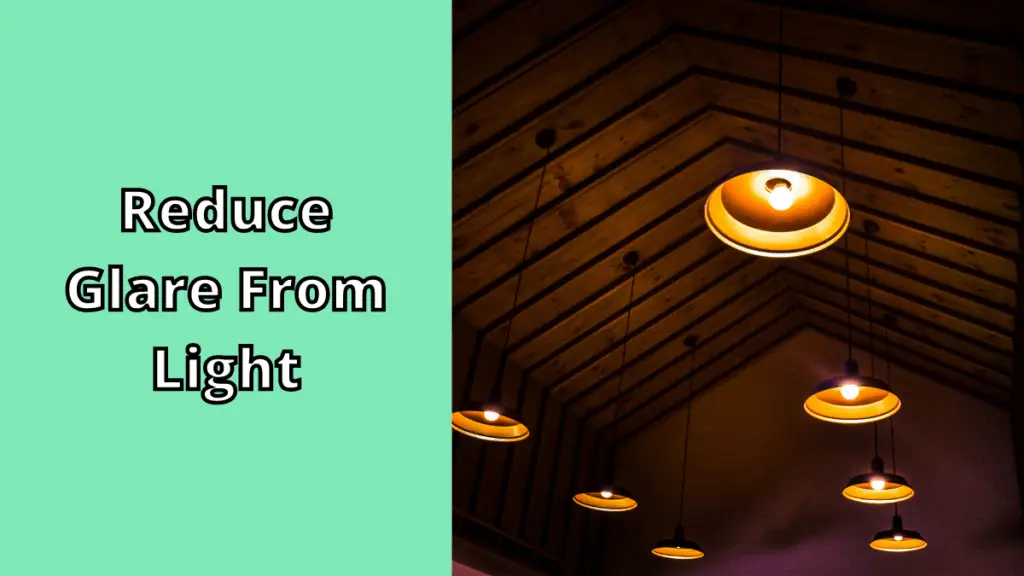
It seems farfetched that a small thing like direct light can affect you, but you’d be surprised to know that this is truly the case.
6. Reduce Eye Strain
Long exposure to intense light can cause fatigue and eye strain. If it continues for too long, you may even cause permanent damage to your retinas.
Using light covers would reduce the intensity of light on your eyes as well as the damage done to your eyes.
If you’re constantly staring at a screen, remember to take breaks frequently to give your eyes some rest.
7. Better Sleep
It is probably obvious that it is significantly more difficult to fall asleep under bright lights.
If you’re someone who wants to have a light on when falling asleep, LED covers would be a great option for you.
8. Increase Safety
Not all functions of LED light covers have to do with scattering and softening light.
These covers not only protect the light from elements such as heat, moisture, etc., but can also protect you from short circuits and falling debris from the light fixture in case of an earthquake.
Is It Safe to Cover LED Lights: 12 Factors to Consider
1. Over Heating
Although LED lights do not generate a lot of heat, using a cover would mean that the light would be in an enclosed environment, which would prevent the heat from dissipating.
In order to ensure proper heat dispersion, consider using an LED cover with passages or openings for heat to escape.
2. Circulation of Air
Another thing that goes hand in hand with overheating is proper air circulation. Air circulation is vital in order to make sure that the LED covers do not generate a lot of heat.
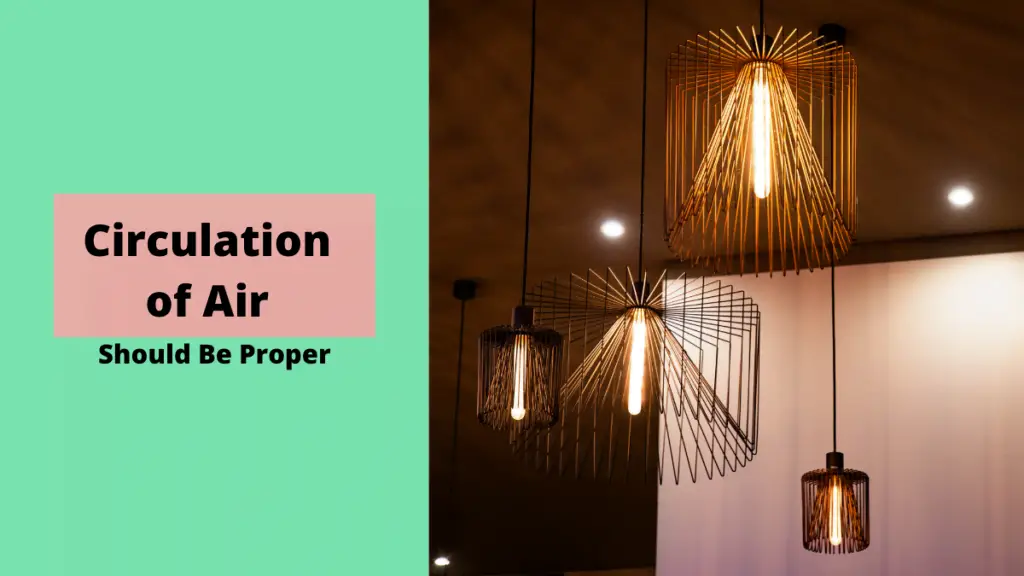
3. Short Circuit
If you are asking is it safe to cover LED lights, risk of short circuits is probably one of your concerns.
Overheating from using covers can increase wear and tear to the components, which increases the chance of electrical failure.
4. Lightning Strike (Electrical Shock)
In the presence of a short circuit or a surge from a lightning strike, LED light covers may be damaged and harm you.
In order to avoid this, try to install a cover made of non-conductive materials.
5. Mechanical Difficulties
Installing a cover would mean that you will have limited access to the lighting fixture itself. So every time you want to replace, maintain or clean the light fixture you’d have to remove the cover.
6. Insufficient Airspace Heat
Heat building up inside the small area of a light cover can decrease the durability of the electrical components of the LED lights.
As there isn’t a lot of space inside these covers, heat can build up extremely quickly.
7. Covering UV Light
If you’re using a cover on ultraviolet lights, it may happen that the material the cover is made up of blocks UV rays from passing.
Therefore, make sure the material of the cover does not affect UV rays.
8. The Brightness of the Light
Even though covers are mainly installed to soften the light, installing them may actually reduce the brightness too much. Having a cover that dims the light too much defeats the purpose of the light.
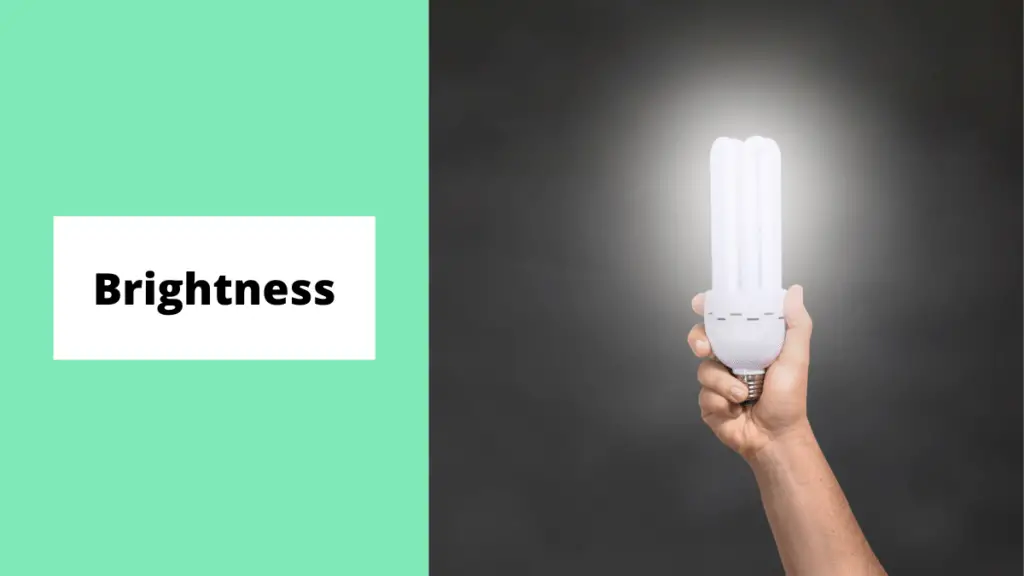
In addition, built up dust inside the cover can affect the brightness of the light even further.
9. Light Transmission
You need to ensure that the cover you’re using fits the purpose you’re using the light for. Some covers are specifically designed to alter light transmission by causing systematic scattering of the lights.
10. Quality of LED Lights
LED lights manufactured by known and well reputed brands tend to be made from good quality raw materials. This means that these products are likely to last longer and experience fewer issues.
Therefore to avoid issues like overheating and wear and tear, consider using good quality LED lights.
11. Environmental Protection
Overheating caused by improperly using covers can increase your electrical consumption. Make sure to reduce this in order to ensure minimum power usage.
12. Life Expectancy
Continuous exposure to overheating increases the damage done to the electrical components, thus lowering the lifespan of the product.
How to Cover LED Lights
1. Use a Dimmer
Dimmers are an excellent alternative when trying to soften LED lights.
Dimmers that are widely available in the market basically replaces your light switch, and they allow you to control the brightness of your lights.
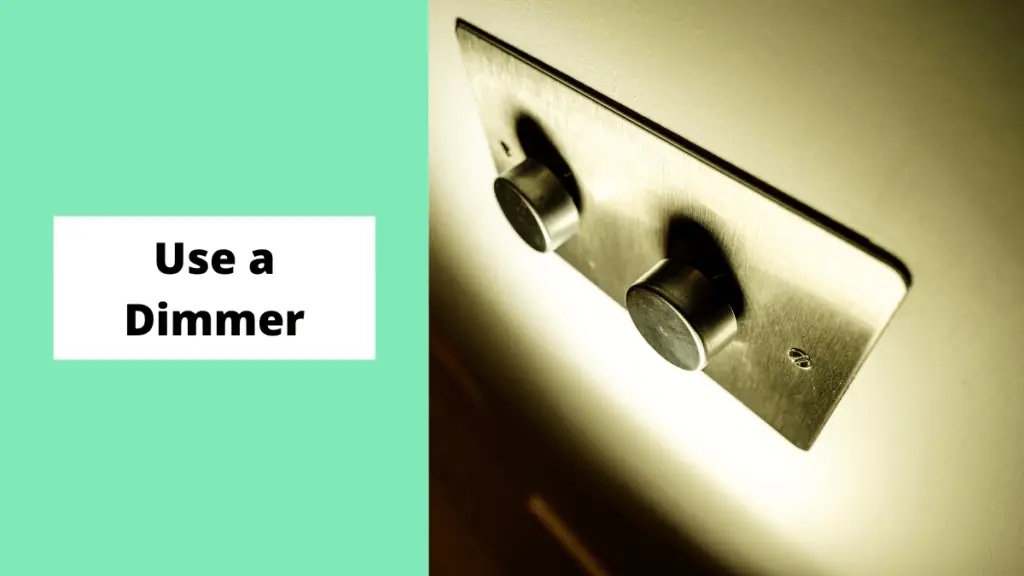
Some smart LED lights are compatible with your smart devices, meaning that you can even dim them using your smartphone.
However for dimmers to work, you need to be using a light that is dimmable.
2. Use a Diffuser Foil
If you’re asking, is it safe to cover LED lights and are considering doing it in a budget, diffuser foils are the way to go.
Diffuser foils are basically foil sheets that can be placed directly against lighting fixtures to scatter the light more.
3. Use LED Light Cover
These days you can buy dedicated covers that have been designed specifically for LED lights. These lights have been developed with LED lights in mind, so you wont have to worry about issues like overheating.
You can find a range of LED light covers in the market that have designed for various purposes. Light covers designed for a high productivity are will be different than that of a leisurely area.
4. Use Plastic or Glass Holder
Plastic holders are not exactly meant to be used as covers however by design, some of these holders also secondarily act as light covers.
These are great if you want to reduce the glare but don’t want to give up too much brightness.
5. Use Aluminum Case & Milk Cover

Common household objects like aluminum cases and milk cartons can also be used to cover LED lights. However, these are quick solutions and we do not recommend going for this in the long term.
Frequently Asked Question
Can LED Lights Cause A Fire If Covered?
LED lights generate very little heat therefore the risk of fire hazard is very low. In order to be as safe as possible, make sure the wires are properly insulated.
Make sure there is air circulation inside the cover. Check the light every once in a while to see if it is overheating.
Do LED Lights Need To Be Covered?
LED lights do not need to be covered. However you may choose to cover them if that fits your needs better.
Some reasons people cover LED lights include softening the light, increasing the ambient lighting, reducing the glare, etc.
Can You Cover LED Lights with Plastic?
LED lights can be covered with plastic, however you have to make sure the plastic is rated for this kind of use.
Different kinds of plastic have different functions. Some plastics are made to withstand high heat, others can melt very easily.
We recommend not using any plastic materials lying around as you may not know how well it would fair against heat.
Can Plastic Catch Fire From A Light Bulb?
If the plastic is flammable and has not been designed to withstand high heat, it can definitely be a fire hazard.
Although LED lights do not generate a lot of heat, it is not entirely impossible. Therefore, only use plastic that has been manufactured to be heat resistant.
Read also: Can You Sleep with Led Strip Lights On
Conclusion
Now that you know whether it is safe to cover LED lights, go ahead and think about if adding a cover to your LED lights is the right option for you. As we said earlier, always pay attention to possible issues like heat buildup, short circuit, etc. In order to be as safe as possible, turn off the power from the breaker box before you install a cover.
Read Also: How To Make DIY LED Light Colors

My strong expertise is illuminating spaces. With a keen eye for detail and a passion for transforming environments through lighting, my dream is to leave indelible mark on the world of light design. Below are few facts of my biography, highlighting career and hobbies. Click here to contact me.